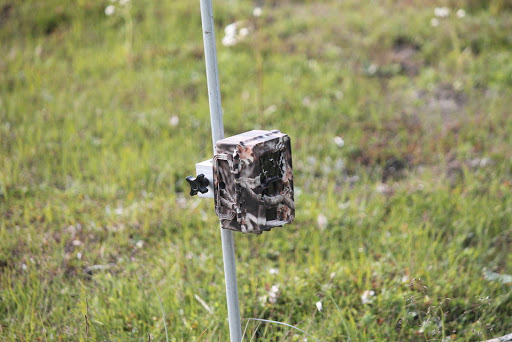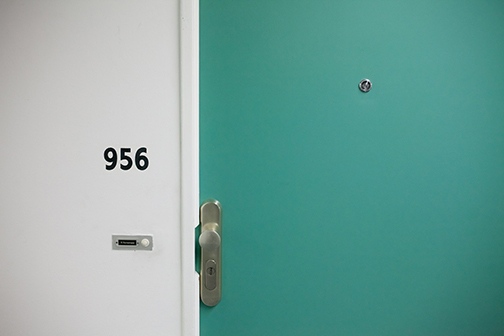Your Guide to Finding the Best Trail Cam on the Market
Link Copied
Whether for hunting, taking videos and photos of wildlife, or for protecting your home, trail cameras are important. For hunters, a trail camera will show where the best locations are for hunting and finding deer. For wildlife photographers, a trail camera allows the photographer to get close to wildlife without disrupting their natural habitat. And, for home security, trail cameras can be the eyes and ears of a security system without alerting a potential threat that they are being filmed, making it more likely to catch incriminating evidence. No matter why you need a trail camera, whether as a trophy cam, for photography, or security, you may need help finding the best trail camera on the market. Don’t worry, we'll help you find the best trail cameras to make your life easier.
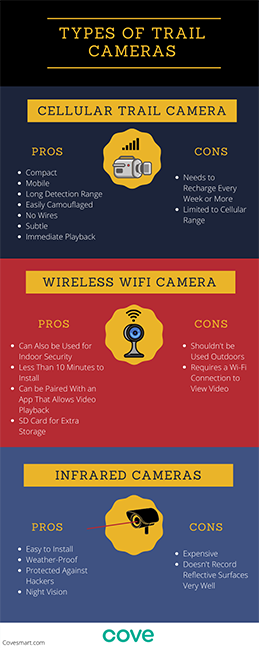
Types of Trail Cameras
There are several different types of trail cameras available on the market. In this section, we will review the pros and cons of each type of trail camera to help you decide which camera will be the best choice for your purposes.
Cellular Trail Camera
A cellular camera is a small camera that will record images and then wirelessly send them to your phone. The cellular camera itself is like a cellphone and requires a sim card and a data package. The more modern cellular trail cameras come with motion detection and night vision (without flash) to make them more effective for catching HD video footage. The camera is easy to install since it’s wireless, making it easy to move the camera from one place to another.
Pros of the Cellular Trail Camera
- Cellular trail cameras come in compact sizes. They blend in easily and can be hidden. They can be used both indoors or outdoors as long as they have access to a cellular network.
- Since the camera is wireless, it can be moved from place to place. It has a long detection range because it relies on cellular data.
- The camera is small, meaning that it can be camouflaged easily. You won’t have to worry about wires dangling from the device. It can be hidden in a tree, on a log, or by a fence without being obvious.
- Since it uses cellular data, you can receive the images as soon as the camera starts to record, making it perfect for all purposes.
Cons of the Cellular Trail Camera
- The camera uses batteries instead of wires. This means that the camera should be recharged every week, depending on how actively the camera is being used. If the camera is used extremely frequently, it may need to be recharged every day.
- It relies on a cellular network. Since it needs cell service, the camera may fall short in the deep wilderness. This camera works best when it has access to the internet.
- This camera can also be hacked if you haven’t taken precautions and updated the malware on the system. Be careful to keep the camera updated.

Wireless Wi-Fi Camera
A wireless wi-fi camera is used mainly for indoor purposes. The camera needs to be connected to a wi-fi network where it can use the network to stream live video. This camera is more of an indoor security camera and not an outdoor game camera. It’s not recommended to use a wireless wi-fi camera to capture game images. Instead, this camera is better used indoors or semi indoors to protect your home. It can be moved from room to room and used as a baby camera, pet camera, or nanny camera. If you need to use the wireless wi-fi camera as a trail camera, use it close to home. It can be used to watch outdoor animal activity in your backyard, or used to better secure your property line. As long as the camera is connected to wi-fi, you shouldn’t have any trouble recording with the wireless wi-fi camera.
Pros of a Wireless Wi-Fi Camera
- This camera is less expensive than other options since it is not weather-proofed. This makes it an ideal option for indoor home security.
- Since the camera is wireless, it can be hidden indoors, acting as a spy camera.
- The installation of this type of camera is easy and will take less than 10 minutes to fully install it to your home security system.
- Some wi-fi cameras can be paired with an app that allows you to watch live HD video. With night vision, the camera will be able to protect your home at night.
- For extra storage space on this camera, you can plug in an SD card for nearly unlimited storage.
Cons of a Wireless Wi-Fi Camera
- Since the camera isn’t weatherproof, it shouldn’t be used outdoors. This restricts your options for using this camera.
- The wireless camera requires a wi-fi connection. Without wi-fi, the camera won’t be able to do its job. It will still be able to record video, but it won’t be able to share the video.
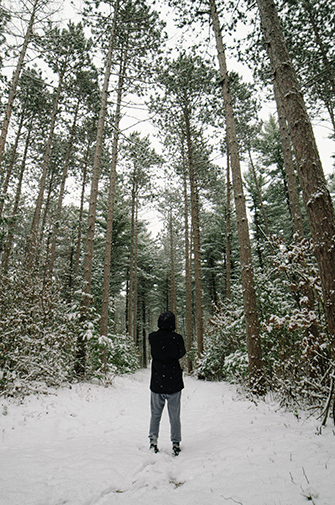
Infrared Cameras
Infrared cameras are one of the best options for outdoor game footage. They are used for tracking and recording game at night because they use passive infrared motion detection to know when to start recording. The camera is also able to track images across the screen for better video quality. These cameras are meant to record at night and so they have incredibly high-quality night vision without using flash. Their infrared sensor can be switched on and off automatically, depending on the amount of light in the area. They can function remotely and only need to be checked up on occasionally.
Pros of Infrared Cameras
- Infrared cameras are easy to install and can be managed without a lot of work.
- These cameras are extremely weather-proof since they were created to live outdoors during the nighttime. They are also protected against hackers.
- Infrared cameras are perfect for nighttime since they have some of the best infrared technology installed in their software.
Cons of Infrared Cameras
- Infrared cameras are significantly more expensive than some of the other cameras on this list. However, with this type of trail camera, you will be getting everything that you pay for.
- These cameras use LED lights to get the best night time footage. However, the LED light also means that the camera won’t record reflective surfaces very well.
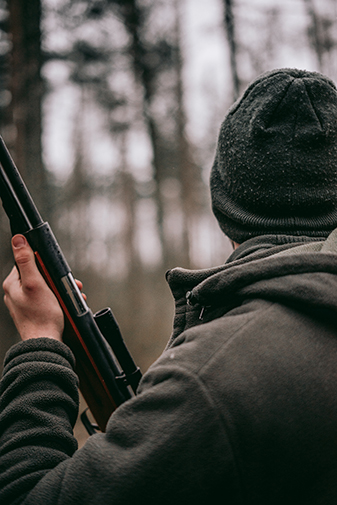
Best Locations for a Trail Cam
Trail cameras can give you the upper hand in whatever activity that you decide to use the camera for. With hunting and scoping out game and deer, trail cameras won’t leave a scent or alert the deer to where you’re hiding. With photography, trail cameras can take pictures and video without disturbing the natural habitats of the deer and animals that you’re trying to capture. With security, trail cameras make the perfect spy cameras since they were made to blend into the area around the camera. However, to get the most out of your trail camera, you need to know where you put the camera. In this section, we will show you where the best locations are for hunting, photography, and home security.
Trail Camera Placement for Hunters
Hunters should place their cameras depending on the season. For example, during the late summer, the best place for a hunter’s trail camera would be at a salt lick. During the late summer, deer and other wild game will be looking for salt licks near waterfalls and exposed rocks to increase their iodine levels in their blood. It’s a natural instinct. By placing a trail camera near a salt lick, you will be able to know how many bucks are in the area. Other locations will vary depending on the season.
Trail Camera Placement for Photography
For photographers, the location should vary depending on what you want to photograph. If you want to photograph a bird’s nest, place the camera by a used bird’s nest. Sometimes, birds will frequent nests year after year. The key to getting what you want is to know about the wildlife that you are photographing. If you know their habits, you will know where you need to place the trail camera.
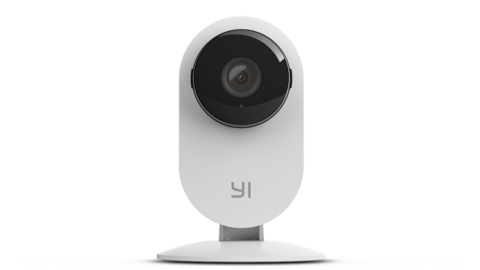
Trail Camera Placement for Home Security
For home security, it will depend on whether you want the camera to be hidden, in plain sight, outside, or inside. If you are looking for indoor home security, feel free to place the camera inside, near one of the main rooms. You will want to angle the camera so you can get the most out of the camera’s field of view. For outdoor cameras, the best placements would be beside the front door, above the garage, or by your front gate. These areas will alert you whenever there is a visitor or intruder at your home. However trail cameras are not enough to keep you safe in the event of a home intrusion. To protect yourself and your family (and that antlered trophy on the wall) consider using a Cove home security system.
Ready to get started?
Take this short quiz to build your customized system today!
Takes less than a minute
